As every year, the City of Paris celebrated its liberation on August 25 with symbolic events throughout the day.
This year, the tribute, to the police headquarters, to the 167 police officers who died in the fighting for the liberation of Paris, the first to rise up against the Germans on August 19, as well as that to the Spanish Republicans of the Nueve, a battalion attached to the 2nd DB of General Leclerc, were regrouped on August 25th. The first Spanish Vice-President, Carmen Calvo, made the trip despite the precautions related to the health crisis.
The day began at 10:30 am with a ceremony in front of the plaque commemorating the departure of the Deportees, Gare de l’Est. At 11:30 am, ceremony at Place Stalingrad at the Liberation-Victory Tree.
In the afternoon, the military ceremonies were held in front of the statue of Marshal Leclerc (Porte d’Orléans) in homage to the 2nd Armored Division, then in front of the plaque commemorating the surrender of the German troops, Place du 18 Juin 1940. At the end of the day, weapons and historical evocation took place Place de l’Hotel de Ville-Esplanade de la Liberation.
While the German troops were advancing in France, 8 million people fled on the roads in the spring of 1940. For the 76th commemoration of the Liberation of the capital, the Museum of the Liberation of Paris – General Leclerc museum – Jean Moulin museum , organized an exhibition on this French and European tragedy, « The Parisians in the exodus of 1940 ». It has been held since Thursday February 27, 2020 and will end on Sunday December 13, 2020. Its presentation is provided by 2 curators, Hanna Diamond, professor of history at Cardiff University (Wales / UK) and Sylvie Zaidman, doctor in history, chief heritage curator.
The exhibition recounts the brutal end, in a matter of weeks, of a well-organized society and makes us reflect on the situation and experience of refugees, from yesterday to today. 3/4 of Parisians found themselves on the roads with their most precious possessions.
This is why few traces remain from this moment, if not a few objects and drawings of the time. Conversely, many still and moving images from archives are exhibited during the exhibition organized 80 years later.
The Paris Liberation Museum – General Leclerc Museum – Jean Moulin Museum, located on Place Denfert -Rochereau has housed the FFI command post headed by Henri Rol-Tanguy since June 1944.
Initially installed throughout the war, 9 rue Victor Schoeler (75014), it hosted part of the staff of the technical department of water and sanitation in Paris, who went down to the shelter during alerts and continued their mission there. monitoring of the capital’s water distribution networks, both for water supply and for firefighting.
In 1942, the staff (EMR) of the FFI of the Paris region, moved to rue Schœlcher at the start of the Parisian uprising on the instructions of Mr. Tavès, engineer and resistance member since 1942. In the afternoon from August 19, 1944, the command post of the head of the Ile-de-France FFIs moved from rue de Meaux (75019) to the 14th. Because of the small size of the premises and the proximity of the Germans installed not far from there, the post was moved on August 20, 20 meters underground on a 600 m² quarry site, rue Froidevaux (command post no. 2) to accommodate 1,200 people. Thanks to its connection to the telephone network, it comes into contact with 250 stations in Paris including the Prefecture, which allows a continuously updated map to be drawn up, with the location of PCs and barricades, points held by the Germans, tank movements. From this CP started the directives for the operations of the Parisian insurrection decided by the Parisian Committee for the Liberation and the National Council of the Resistance.
Colonel Rol-Tanguy, warned of the arrival of French troops at the Hôtel de Ville on the evening of August 24, went there immediately and assisted in the liberation of the capital on the 25th.
In this struggle, a committed woman in love with freedom, born in Royan in Charentes Maritime in 1919, enlisted with her husband, Cécile Rol-Tanguy. Died on May 8, 2020, at the age of 101, she recounted her participation in the Resistance under different assumed names (Jeanne, Yvette, Lucie …) since she went underground in 1940, becoming a liaison officer with the CGT union and the Resistance, the year following his marriage. She explained that she was transporting weapons and clandestine newspapers in the landau of her eldest daughter Hélène then of her son Jean … She lost her father in 1942 following her deportation to Auschwitz. At the end of the war, she received the Medal of the Resistance in 1945
After the Liberation, she devoted herself to the battles led by women, including that of the right to vote that General de Gaulle granted. When the city’s Vermeil medal was awarded in 2012, she spoke about this acquisition as a grand elector in 1946: « General de Gaulle awarded it to women, but they were the ones who won it. … When I now see these female figures in Parliament, I see progress, but it is not yet parity. »
After the death of her husband in 2002, she will be made Grand Officer of the Legion of Honor in 2008. She dies in 2020 in Monteaux, in the Loir-et-Cher.
Through this exceptional exhibition, we find the portrait of great characters who marked this period in the history of Paris and France.
Share this content:


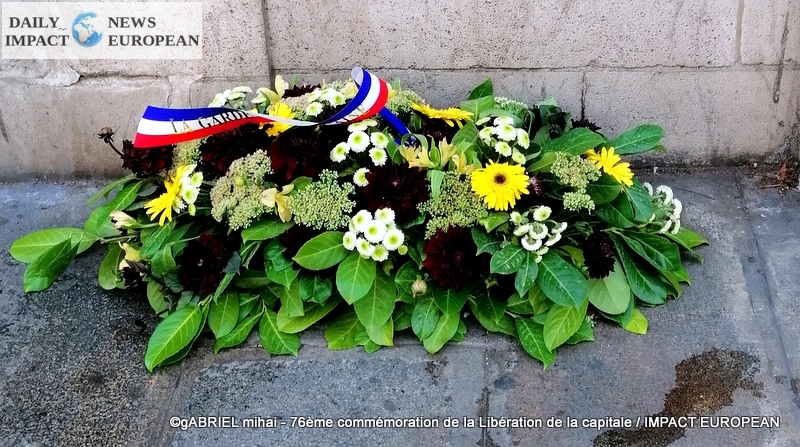

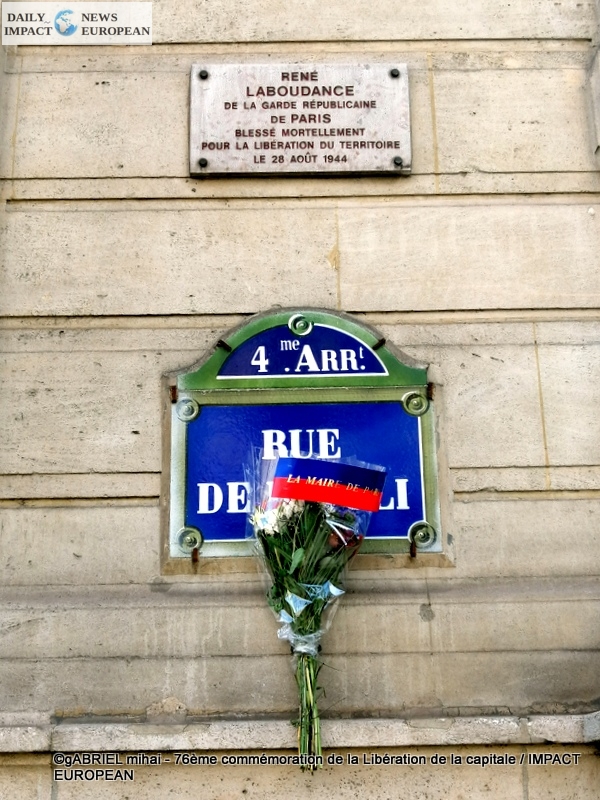
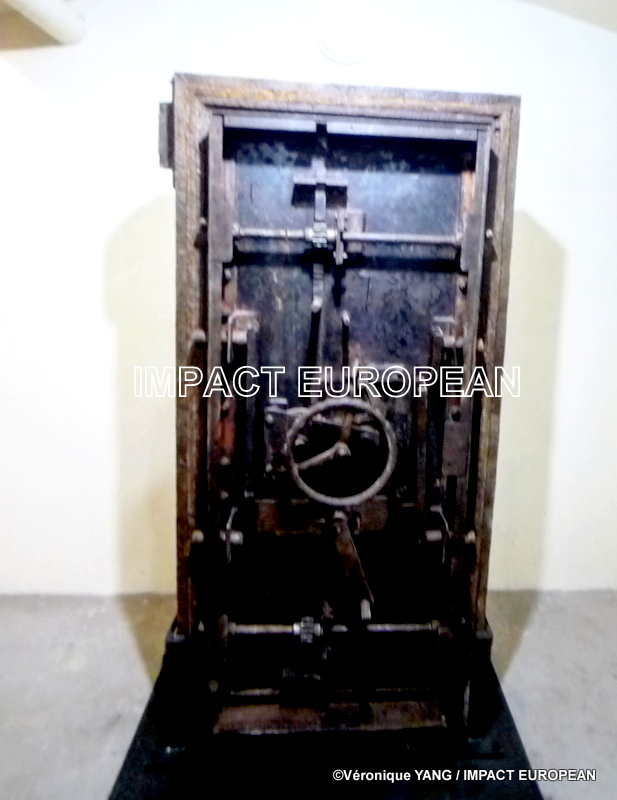
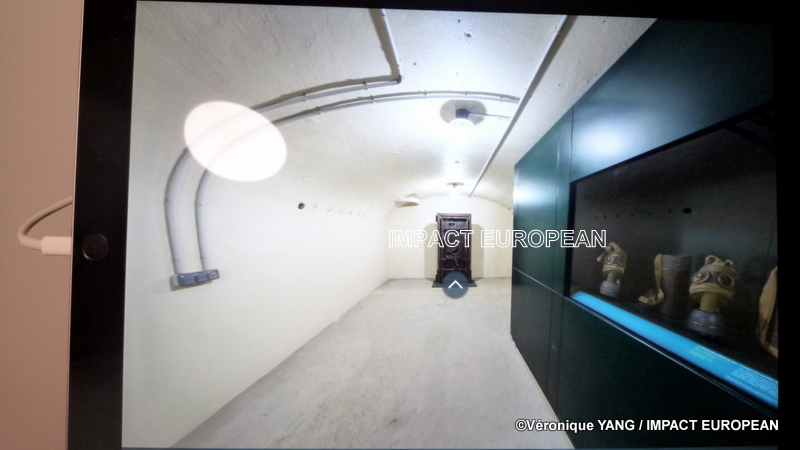

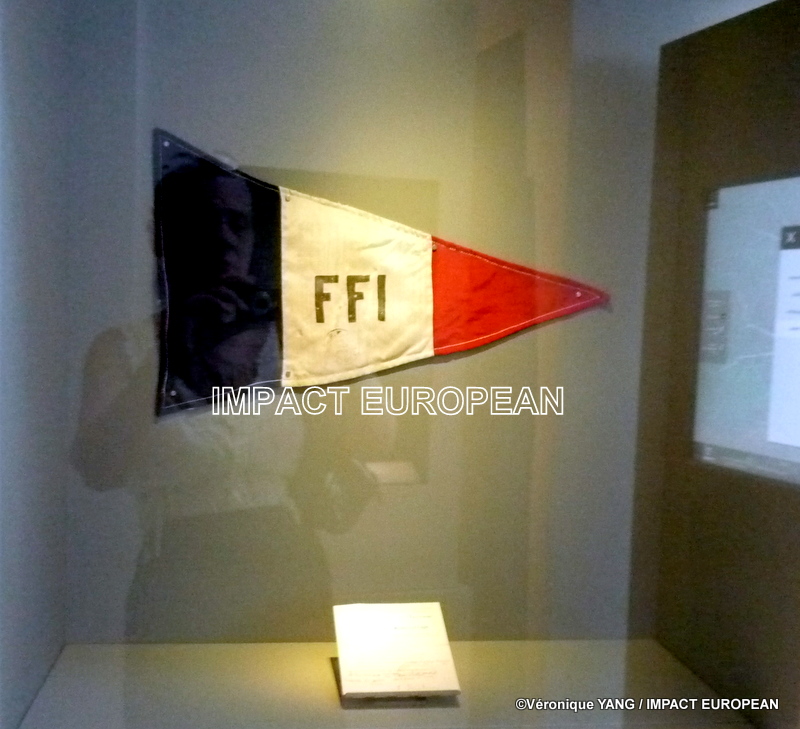
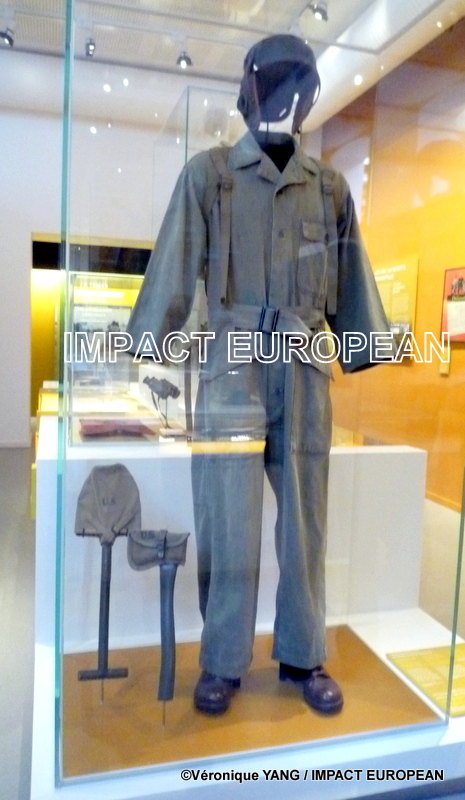
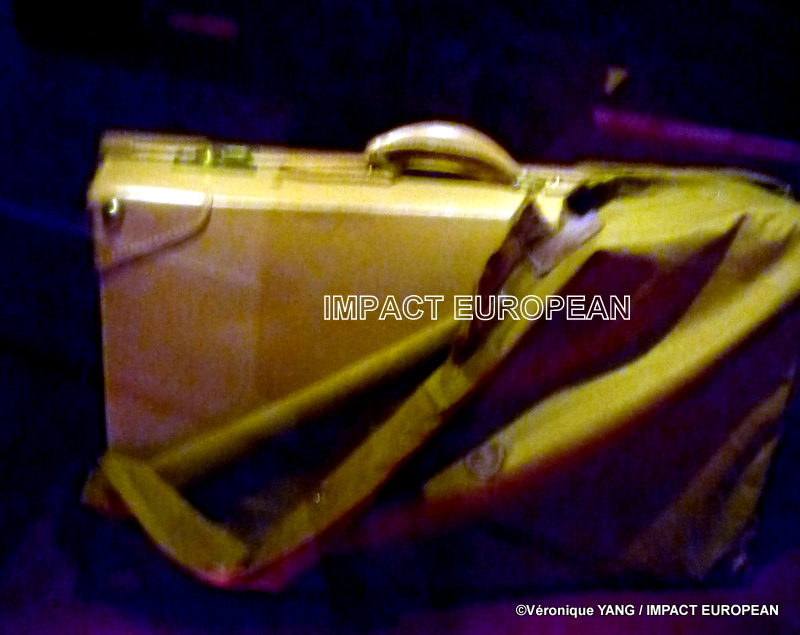
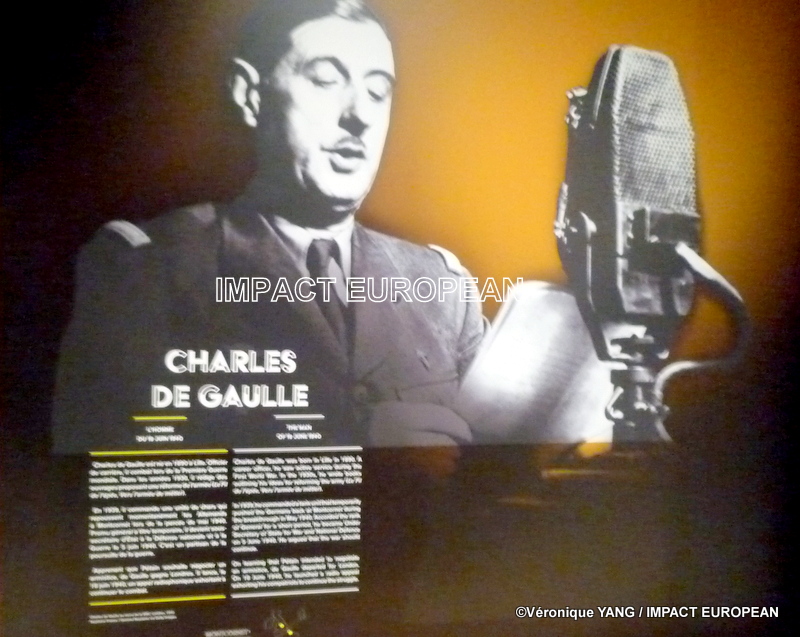
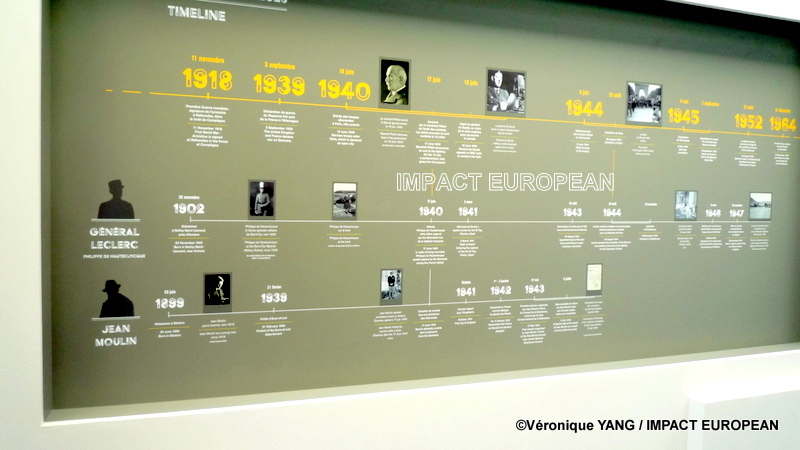
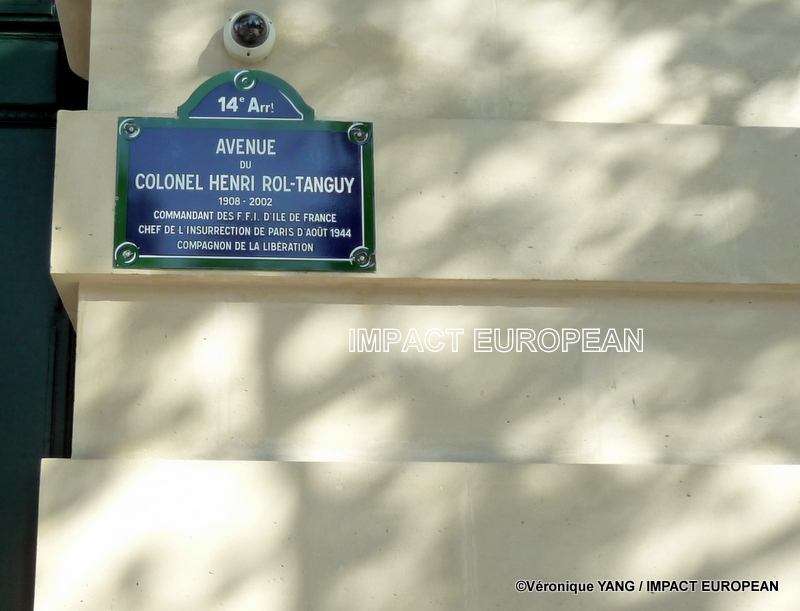
Plus d'histoires
The Sandman’s Daughter ice show
Île-de-France’s “Chanté Nwèl” Lights Up Saint-Ouen with Caribbean Warmth
Eternal Tribute to CitéStars’ Stars